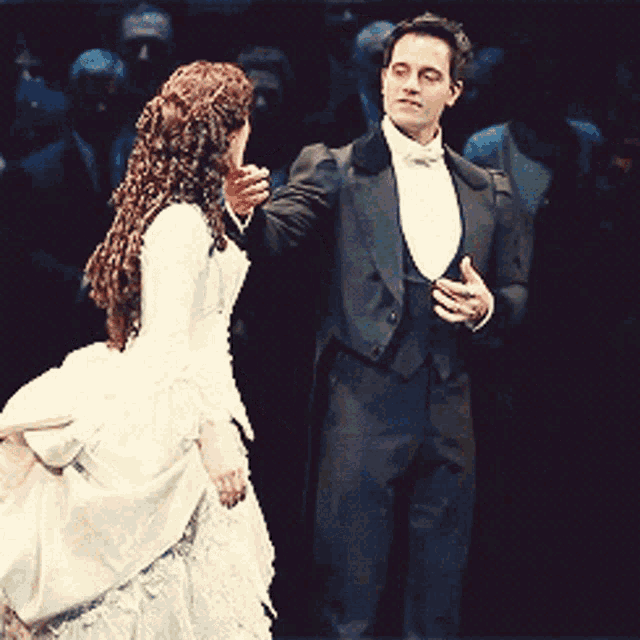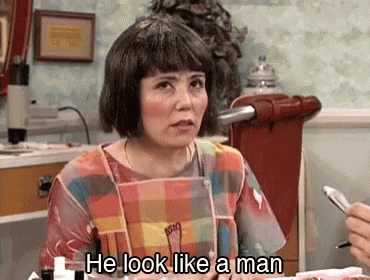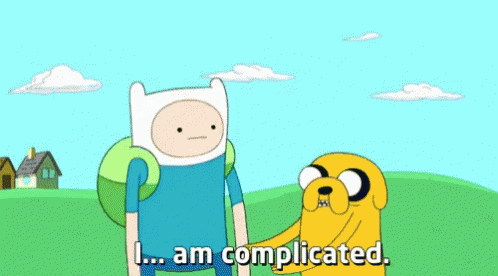
My perspectives on racism in Criminal Justice stand are pretty much differential for matters pertaining to crime and deviance. In some instances, it can be a bit difficult to explain the disorganizational processes that are involved with social conflict, social control, under the spectrum of social order. My definitions of differential stand parallel to mathematical definitions of behavioral frequencies that coincide with social change. The definitions of social order that I hold, pertain to subset views of things like equality, freedom, and other human rights that are revealed to me as a result of social interaction and observations.
Before starting this class I did think racism was a problem in Criminal Justice, but after taking this course in combination with other criminal justice courses my perspective was broadened by what I had learned. More shocking was the realization that racism, deprivation, prejudices, and stereotyping not only lead to heinous crimes but that there's also a systemic current by which they are systematically driven.
In the Central Park, Five Documentary Jim Dwyer states that: "A lot of people didn't do their jobs." I think this statement refers to the level of morality some people should or should not exercise when work ethic is being challenged. More specifically, drawing focus to Rule 201 Judicial Notice of Adjudicative Facts in regards to evidence and examining the potential for error.
Calvin Butt's statement of notice "As far as I'm concerned, in the late '80s in New York City, the Black community was under assault. The most endangered species in America, that was a popular phrase, was the young Black man." is reflective of the confessions obtained by the group at the Central Park precinct around the time that the crime occurred. Particularly referencing to the (Rule 1007) Testimony or statement of a party to prove content in relation to the tampering of evidence. The phrase may still hold some truth in today's era, given that anything anyone says can still be used against them during criminal investigations especially, when certain people are denied access to legal representation.
Journalist Natalie Byfield stated that "In the first few days after the incident, the narrative that came out was that these young men were guilty. And it was almost unquestioned." I agree that the mode of interrogation that the Central Park Five was subjected to was unquestioned, where its admission caused an unfair prejudice.
Ed Koch's (New York City mayor) statement: "This will be a test of the system... People want to see how the criminal justice system works or if it works." I think his statements are in reference to decisions made by district courts in comparison to that of supreme court decisions in regards to balancing case evidence and competing interests.
References:
DeVaney, A. (1990). RULES OF EVIDENCE. Journal of Thought, 25(1/2), 6-18. Retrieved August 3, 2021, from http://www.jstor.org/stable/23801682
Holcombe, R. (2014). Consenting to Collective Action: The Classical Liberal Constitutional Calculus of James M. Buchanan. The Independent Review, 18(3), 359-372. Retrieved August 3, 2021, from http://www.jstor.org/stable/24563240
Burgess, R., & Akers, R. (1966). A Differential Association-Reinforcement Theory of Criminal Behavior. Social Problems, 14(2), 128-147. doi:10.2307/798612










